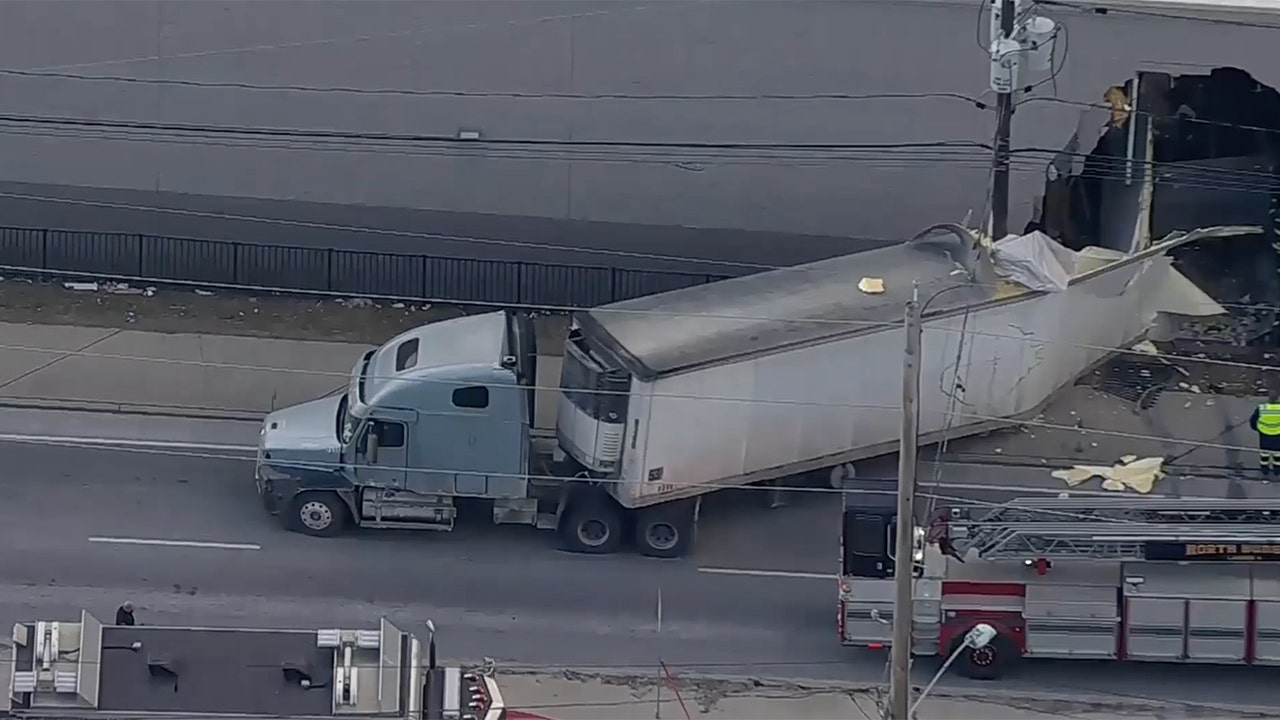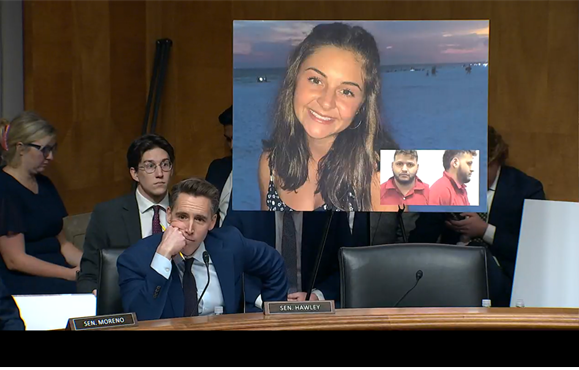New York
A recent rule change could cause insurance premiums to spike for homeowners across California, as the costs of the Los Angeles area wildfires are passed onto them in a way that was not allowed in the past.
The hikes would come from a potential assessment likely to be levied by California FAIR, the program set up by the state as the insurer of last resort for homeowners whose fire insurance has been canceled by companies seeking to limit their risks.
In the past, assessments to cover claims from large events, such as the costly wildfires in 2017 and 2018, ended up coming out of the insurance industry’s bottom line. And those big events could not be used as a justification to raise premiums for other policyholders around the state. The industry reported large losses in those two years from wildfires that essentially wiped out a decade worth of profits.
But last July, State Insurance Commissioner Ricardo Lara announced a little noticed change in the state’s rules governing insurance rates that allows much of that potential cost to be passed onto homeowners throughout California in the form of higher premiums.
The final cost of insured losses from the fires, both from California FAIR and private insurers, is not yet known, but it’s estimated to be in the tens of billions of dollars. And it appears that this rule change, along with another rule change announced in December, will allow insurers to raise premiums throughout California, even on those living in areas with little or no risk of wildfires.
The July rule change allows insurers to cover the costs that California FAIR passes onto them to recoup 50% of the first $1 billion in assessments they are hit with and 100% of all assessments above that level. The December rule change, announced just days before the fires in Southern California started, allows insurers to include the cost of reinsurance policies – insurance companies’ own insurance – they purchase when calculating homeowners’ premiums. Neither cost had been allowed when calculating premiums before.
Some of the areas suffering the worst damage from these wildfires already had seen massive cancellations of private insurance in the last year, leading to huge increases in the percent of homeowners forced to turn to California FAIR, a pricey program that only protects from fire loss but not from other potential claims typically covered by homeowners’ insurance, such as burglary, flooding caused by broken pipes or liability claims.
California FAIR has its fifth greatest exposure, with $5.9 billion according to the program, in the Pacific Palisades, a community virtually destroyed by one of the costliest fires. The number of policies California FAIR has written in that community’s zip code increased 84% in the 12 months ending in September, according to the program’s database. Its exposure in that zip code has more than doubled over the same period.
FAIR’s exposure also increased 41% and 26% in the 91001 and 91103 zip codes in Altadena, another community hard hit by a separate fire. FAIR has $1.3 billion of exposure in those two zip codes as of September.
In March, Victoria Roach, the president of California FAIR, testified to the state legislature that it had about $700 million in cash on hand at that time. The program does not disclose its finances on an ongoing basis, but it issued a statement earlier this week saying that it has “payment mechanisms in place, including reinsurance, to ensure all covered claims are paid.” But part of those mechanism is the ability to demand payments from the private insurers in the state.
Commissioner Lara heralded July’s change in rules as part of an overdue modernization of California FAIR.
“It’s critical for Californians to understand that a growing FAIR Plan contributes to our insurance crisis,” he said at that time. “By strengthening the FAIR Plan while providing financial stability and solvency protections, we are creating long-term security for consumers, homeowners, and businesses across the state that is long overdue.”
But consumer advocates said it was an unneeded and illegal bailout of the insurance industry that had left thousands of homeowners with no alternative than to use FAIR to protect themselves from catastrophe. They vowed legal challenges once the rate increases are announced.
“This new rule really goes against the statute enacting the FAIR plan that the insurance companies operating in the state must share in FAIR plan losses,” said Carmen Balber, executive director of Consumer Watchdog, a nonprofit, nonpartisan consumer advocacy group that focuses on the insurance market in California. “There’s nothing in that original law about allowing those insurers being able to pass losses onto homeowners.”
In pictures: Deadly wildfires in Los Angeles County
Lara’s office did not return a request for comment on the July change in rules. But he told last week when discussing the December rule change that the best way to protect homeowners is to get insurers more willing to write homeowners policies themselves in areas at the greatest risk of wildfires, rather than forcing those homeowners to turn to California FAIR.
“We are being realistic about the risks in California,” Lara told last week. “We can never get to affordability unless we address the availability.”
Balber said it’s way too soon to project how much homeowner policy costs might increase with insurers able to pass on any assessment they receive from California FAIR. But it could be substantial, she said.
“We estimated If the FAIR plan needs to assess insurance companies $10 billion for its costs that aren’t covered by reinsurance, and there are about 9 million homeowners in the state, that’s about $1,100 on every homeowner’s bill,” she said.















